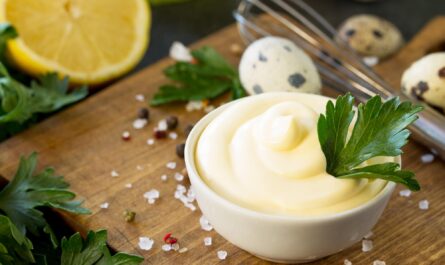Growing Preference for Natural Ingredients
Consumers have increasingly shown preference for foods with natural ingredients over those containing artificial additives in recent years. This growing health consciousness has led many food companies to remove artificial colors, flavors, and preservatives from their products. According to a survey, over 70% of consumers read food labels carefully to check for natural or artificial ingredients before making a purchase decision. They want foods with simple and easy-to-recognize ingredients sourced from nature. This has created a huge demand for natural food colors that can enhance the visual appeal of products without compromising health.
Traditional Synthetic Dyes and Health Concerns
Traditionally, most commercial food products relied on synthetic dyes to achieve vivid colors attracting consumers. Common synthetic food dyes approved for use include Red 40, Yellow 5, Yellow 6, Blue 1, Blue 2, Green 3 and others. However, several studies have linked some of these artificial Natural Food Colors to hyperactivity in children. For example, a 2007 study found that a mix of synthetic dyes and a preservative caused an increase in hyperactivity in 3-year-old and 8/9-year-old children. Another study showed association of synthetic food dyes with increased irritability in children. Due to these health concerns, many countries have issued bans on certain synthetic dyes. The European Union no longer approves six synthetic food dyes due to health risks like cancer and allergy. This has boosted demand for safe and natural alternatives.
Variety of Natural Food Colors
Nature provides a variety of plant and mineral sources that can color foods naturally and safely. Some common natural colors approved for use include:
– Caramel color (Class III or Class IV) – Made by heating sugars and widely used in sodas, baked goods and sauces for its reddish-brown hue.
– Anthocyanins – Water-soluble vacuolar pigments that may be red, blue, or purple found in berries, grapes, and red cabbage. Used in fruit juices, yogurt, and other products.
– Betalains – Red and yellow pigments from beets, prickly pears andother plants. Used in confections, desserts and dairy products.
– Annatto extract – Orange-red pigment derived from seeds of achiote trees used in cheeses, butter and snack foods.
-Turmeric – Yellow-orange pigment from turmeric root, used in mustards, butter and cheeses.
-Paprika oleoresin- Red pigment from bell pepper used as natural food coloring in smoked meats and sausages.
-Carmine/Cochineal extract – Red pigment from crushed insects used for coloring fruit fillings, yogurts and other dairy products.
Health Benefits of Natural Dyes
Unlike synthetic dyes, Natural Food Colors are derived from edible plant and mineral sources without toxic manufacturing by-products. They have following health benefits:
– Contain antioxidants – Many natural colors like anthocyanins and carotenoids are powerful antioxidants that can protect cells from damage. Regular intake may help reduce cancer and heart disease risk.
– Anti-inflammatory effects – Compounds in natural colors like turmeric and annatto have shown anti-inflammatory properties helpful for reducing inflammation.
– Nutritive value – In addition to coloring foods, natural colors from plants also provide nutrients. For example, anthocyanins from berries offer fiber, vitamins and minerals.
– Clinically tested safety – Natural colors approved for use have undergone extensive clinical research and testing establishing their safety for human consumption over long-term use.
Wider Applications in Food Industry
More and more food companies are turning to natural food colors and removing synthetic dyes from their products in response to consumer demand. Some applications where natural colors are increasingly used include:
– Confectionery products – Natural colors help make safe and appealing candies, chocolates, chewing gums and other sweets.
– Beverages – Fruit juices, soft drinks, energy and sports drinks achieve vibrant natural hues with plant-based pigments.
– Dairy products – Yogurts, cheese slices, puddings and other milk products take on attractive natural shades.
– Processed meats – Seasonings, rubs and coatings for sausages, deli meats etc. utilize natural reds and oranges.
– Bakery items – Icings, frostings, doughs and other baked goods rely on safe and appealing plant colors.
with established safety profiles and ability to match function of synthetic dyes, natural colors have emerged as the clear favorite for health-conscious consumers as well as progressive food brands wanting ‘clean labels’. Their use will continue rising to offer natural nutrition, appeals and benefits across diverse foods.
*Note:
1. Source: Coherent Market Insights, Public Source, Desk Research
2. We have leveraged AI tools to mine information and compile it.
About Author:
Ravina Pandya, Content Writer, has a strong foothold in the market research industry. She specializes in writing well-researched articles from different industries, including food and beverages, information and technology, healthcare, chemical and materials, etc. (https://www.linkedin.com/in/ravina-pandya-1a3984191)




